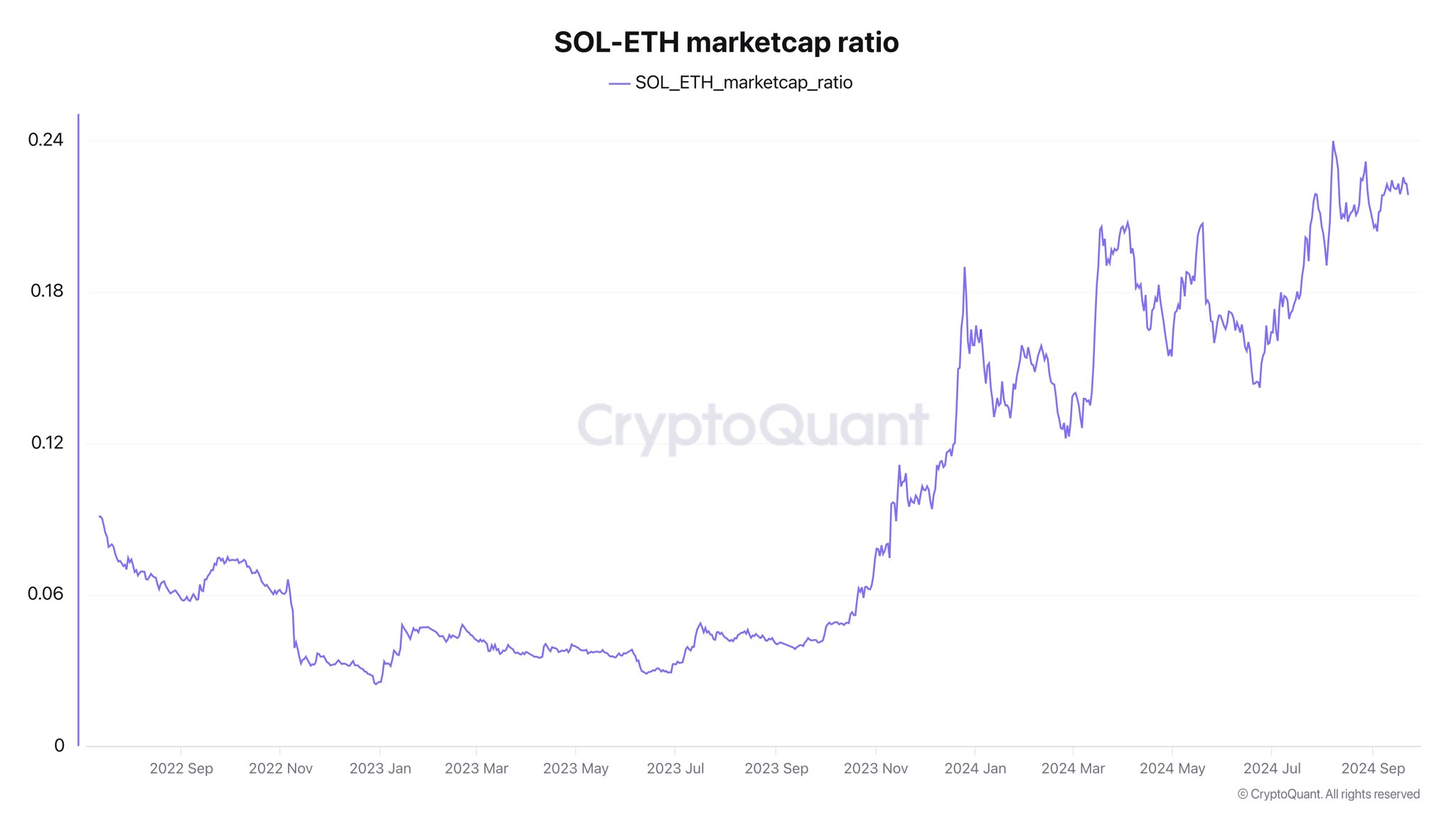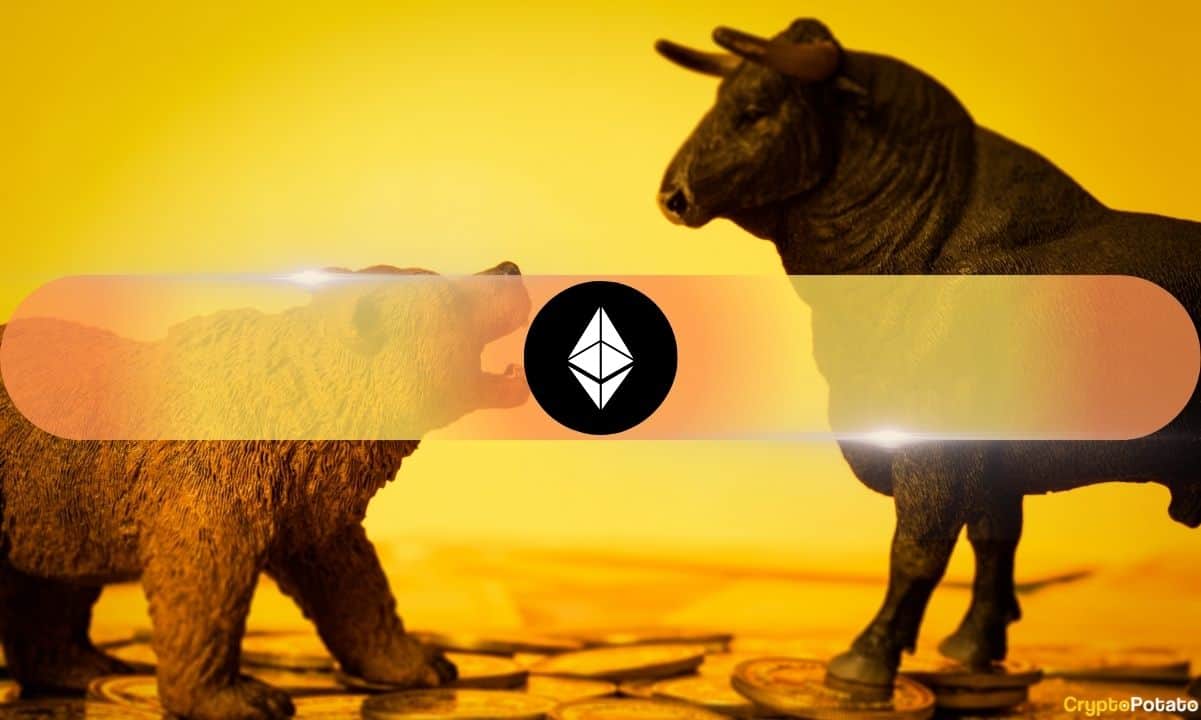ARTICLE AD BOX
Anatoly Yakovenko, the founder of Solana, commonly known as "Toly," has shared his perspective on the key challenges related to the interaction between blockchain hardware and software.
In his recent post on X, he pointed out that the core distinction between Solana's approach and Ethereum's lies in how they handle congestion. From Solana's viewpoint, when global resources become saturated, relying on price discovery (i.e., raising transaction fees) is not an effective solution.
Instead of depending on increased fees to manage congestion, Yakovenko emphasized the need to scale hardware to meet rising demand.
If the software doesn't permit validators to enhance their hardware capacity to handle additional network traffic, Yakovenko believes that indicates a flaw in the software design.
Fundamental difference I think between solana’s vision and ethereum’s is that for solana when a global resource is saturated, price discovery isn’t good.
While it’s a graceful way to handle congestion, fundamentally the hardware needs to scale up to handle the new demand. If…
He further explained that only local contention, or competition for resources that can't be scaled up, should lead to increased user fees. This should be the sole reason for fee adjustments, rather than global congestion.
Yakovenko also discussed the limitations of scaling hardware, suggesting that the maximum amount of bandwidth that can be added is roughly 1,000 times the cost of the hardware, with a scaling constant "K" of no more than 10.
This underscores Solana's focus on leveraging hardware improvements to manage network growth.
SOL/ETH rivalry
Ethereum's recent price surge, driven by market factors and growing interest, has caused the SOL/ETH pair to decline, showing a relative underperformance of Solana compared to Ethereum.
However, according to the CEO of CryptoQuant Ki Young Ju, Ethereum is progressively losing market cap to Solana.
 Source: Ki Young Ju/X
Source: Ki Young Ju/XAlthough Solana has seen strong growth over the past year, the rise in Ethereum's dominance has overshadowed competing Layer-1 chains like Solana.
As ETH attracts more capital, Solana’s USD price may remain stable. That being said, its value relative to Ethereum has dropped, highlighting the challenge of maintaining momentum against the leading blockchain.
A report by VanEck released Sept. 25 predicts that Solana could surge to $330, potentially reaching 50% of Ethereum's current market capitalization.
The report highlights Solana's superior speed and efficiency as key drivers of this growth. For instance, Solana's transaction processing speed, measured in transactions per second (TPS), is 3,000% higher than Ethereum's.
Additionally, Solana boasts a daily active user count that is 1,300% higher and transaction fees nearly 5 million percent cheaper than those on Ethereum, underscoring its competitive advantages.
SOL bullish indicators
Currently, SOL is traded at $153.84, struggling to break through the $155 resistance level.
According to data from CoinGlass, Solana’s trading volume surged 24.88% on Friday, reaching an impressive $4.76 billion. This increased activity signals rising confidence and interest in SOL, which could positively impact its price.
Solana’s bullish sentiment is further reinforced by the current Long/Short ratio of 0.9685 on the four-hour time frame, indicating that traders are largely optimistic about its short-term performance.
However, at press time, Open Interest (OI) for SOL shows a minor 1% decrease, currently sitting at $2.42 billion, still confirming investor confidence.
Despite recent bearish conditions, Solana’s strong ecosystem and adoption prospects, especially with the anticipated mainnet launch of Firedancer by Jump Crypto in early 2025, highlight its long-term potential.
 (1).png) 1 month ago
33558
1 month ago
33558











 English (US) ·
English (US) ·